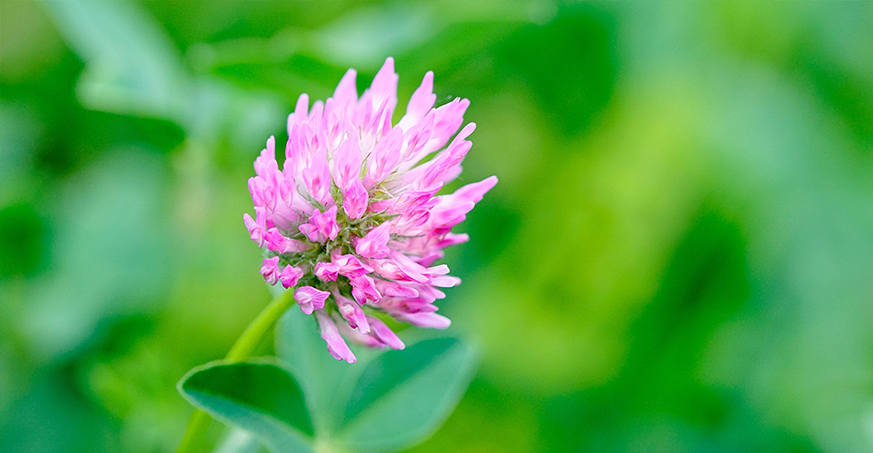Description
Meadow Clover – A Valuable Forage and Catch Crop Plant
Meadow clover (Trifolium pratense) is a legume whose purple, spherical flowers with a sweet scent attract pollinating insects, including bees. Its stems grow to a height of about 60 cm, and the leaves consist of three smaller, round leaflets, characteristic of this plant. Red clover also has a strong root system, with numerous branches, which can reach up to 1,5 meters into the ground, which provides it with access to deeper layers of water and minerals.

Sowing and Application
The recommended seeding rate for red clover is 15-20 kg/ha. This plant is commonly found in Poland, occurring in meadows, pastures, wastelands and even on lawns. Despite its commonness, red clover is one of the most commonly cultivated legumes due to its versatility and the numerous benefits it brings. It can be sown both in pure sowing and as a component of catch crop mixtures, where it enriches the soil with organic substances, improving its structure and quality.
Nutritional Value and Application in Animal Nutrition
Red clover is valued in agriculture as an excellent source animal feed. Its high nutritional value means that it can be used in green form, as silage, and also as hay. It provides animals with valuable nutrients, such as calcium, magnesium, phosphorus, as well as vitamins and minerals. Thanks to its properties, clover improves the health and condition of animals, which makes it irreplaceable on farms.
Benefits for Soil and Ecosystem
One of the key advantages of red clover is its the ability to enrich the soil with nitrogen. Like most legumes, clover cooperates with nodule bacteria, which fix atmospheric nitrogen and transform it into a form available to plants. Thanks to this, the cultivation of red clover not only improves the quality of the soil, but also reduces the need for artificial fertilizers, making it an ecological plant.
With its deep root system, clover also helps improve soil structure, preventing erosion and aiding water retention. In regenerative agriculture, it is valued as a cover crop that plays a vital role in crop cycles, returning nutrients to the soil and improving its fertility.
Ecological Importance and Role in the Ecosystem
Red clover plays an important role in the ecosystem, providing an important source of food for pollinating insects, especially bees. Its sweet flowers attract insects, which contributes to increased biodiversity in agricultural areas and meadows. In this way, red clover contributes to the protection of ecosystems and supports natural pollination processes, which are crucial for many crops.
Red clover is a versatile plant that benefits both farmers and ecosystems. Its high nutritional value makes it an irreplaceable forage plant, and its ability to enrich soil and improve its structure makes it an ideal choice for organic and regenerative farming. By sowing red clover, you are investing not only in the health of your animals, but also in soil quality and environmental protection.













